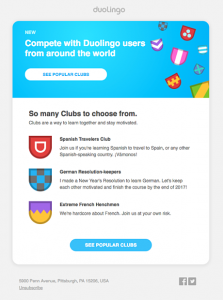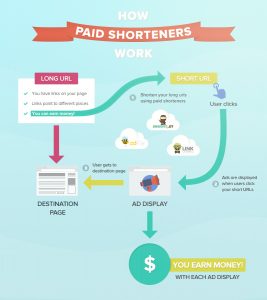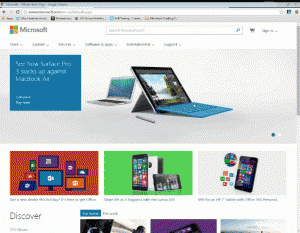Pervasive misconceptions about display advertising have caused business-to-business (B2B) organizations to question its value. Here, columnist Rachel Balik addresses and dispels some of the common myths surrounding display ads.
Historically, marketers have had a love/hate relationship with display advertising. Especially for B2B marketers, the margins on display advertising have seemed unimpressive.
B2B marketers often look at the campaigns run by their B2C counterparts and either try to mimic them (with disappointing results) or deem them irrelevant and avoid them completely. Even businesses that must do advertising treat it as more of an afterthought than part of an actual strategy.
It’s no surprise that this would be the reaction, given some of the stats floating around. For example, apparently you’re more likely to survive a plane crash than click on a display ad. There’s plenty of disheartening news to be found.
The flip side is that is that stats like that one reflect a basic lack of understanding about how display ads work and the technology that’s changed their course. In fact, there are some quite prevalent myths about display advertising that discourage B2B marketers from leveraging the valuable opportunities display presents. Here are some of the big ones.
Myth #1: We Should Be Able To See Success In A Single Campaign
We all know that the B2B buying cycle is long; yet somehow, many B2B marketers believe that the consumer ad campaign model will work for them.
Unlike consumers, B2B targets can’t be inspired to make a purchase based on a sale, a holiday, or a hankering for a new pair of boots.
B2B marketers need to nurture prospects over months, which means that if they want to see real results from display ads, they need to run a consistent program over an extended period of time.
Myth #2: Ads Are Only Valuable For Brand Awareness
Many marketers aren’t motivated to run those ongoing programs because in their minds, display ads are only valuable for brand awareness.
That belief means that most marketers treat advertising as an afterthought, which in turn means they never produce value, which means that ads remain an afterthought, and so the vicious cycle continues.
In fact, ads can be used strategically as part of an integrated marketing campaign to not only drive awareness, but also to drive conversions, educate stakeholders, and accelerate the sales cycle. At that point, the expectations from ads become much greater.
Myth #3: Nobody Clicked On Our Ads, So It’s Not Working
With greater expectations comes the need for greater depth in measurement.
Unfortunately, the default metric for display advertising tends to be click-through rate (CTR) or impressions – and these don’t tell us much about the impact our ads are having on engagement and education levels.
Furthermore, given how few people actually click on ads, choosing CTR as a measurement seriously limits our ability to strategically execute campaigns.
B2B marketers should be using display advertising to complement their marketing programs. The metrics they use should reflect that integration. Specifically, what’s the correlation between ads, website engagement and revenue?
Myth #4: If Someone Visits Our Website, It Means They’re Interested In Our Product
Most of us have mixed feelings about getting bombarded with ads for the products we look at on the web; but, for consumer digital marketers, there’s nothing ambiguous about the value of site retargeting. They love it. It gives them the opportunity to reel back in interested parties who might be convinced to make an immediate purchase.
For B2B marketers, it’s more complicated. A website visitor might have landed on your site for all sorts of reasons: they’re a student writing a research paper; they’re a job candidate; they’re a competitor checking out your new homepage. The list goes on.
The point is, none of those visitors are ones you want to target with your advertising campaigns. Even if the visitor is interested in your solution, if they don’t work for the right type of company, they’re not likely to be a future customer.
For B2B marketers, there’s not a lot of ROI in retargeting all website visitors. There is value is retargeting accounts that have demonstrated a sufficient number of buying signals.
Misconceptions like these both give display advertising a bad rap and prevent B2B marketers from achieving the results they want to see across their programs. It’s not entirely their fault, however — up until recently, most advertising technology was built to support the B2C way of doing things.
As B2B marketers evaluate new technology, they need to need to determine whether it actually supports their goals, rather than compromising on goals for the sake of adopting new technology.
(370)
Report Post






